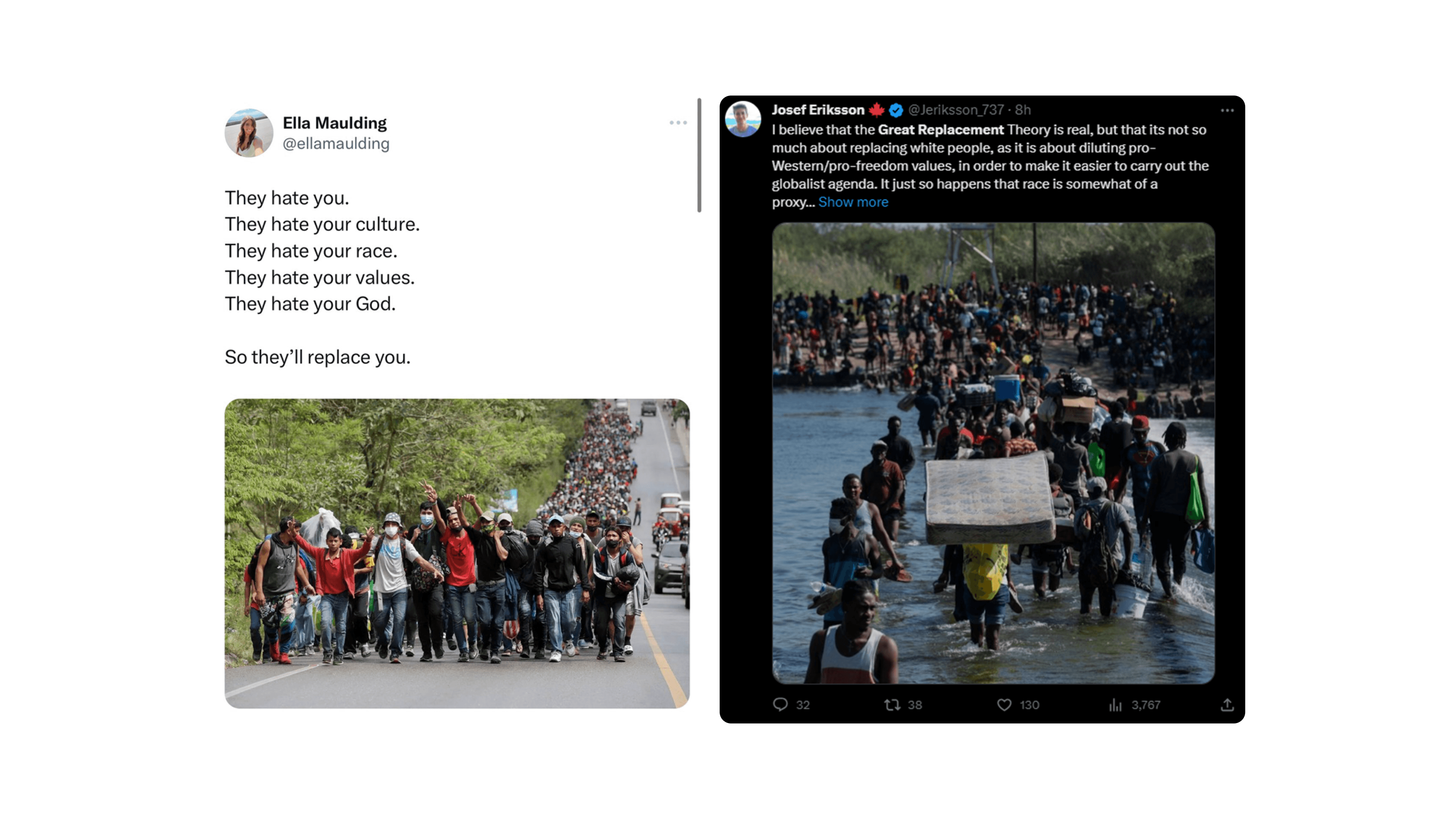
What is Disinformation
Takeaways
1
Disinformation is deliberately created false information designed to weaponize and deceive, specifically targeting institutional trust and legitimacy.
2
Unlike misinformation (which unifies in-groups), disinformation aims to create polarization and deliberately targets outgroups to create societal division.
3
The primary goal of disinformation is to destabilize societies by undermining confidence in governments and institutions through organized deception.
4
Identifying disinformation requires checking for targeted attacks on specific groups, hate-based content, and attempts to undermine institutional authority.
Disinformation is the creation of false information that is spread deliberately with the intention to deceive public opinion.
It seeks to weaponize information to spread fear, suspicion, and impact public trust in institutions. It is an act of polarisation that intentionally targets It is an act of polarisation that intentionally targets an ‘other’ to create division. Most critically, its intention is destabilising societies and fueling civil discord by targeting the legitimacy, authority, trust, and confidence in governments and institutions.
Where misinformation is centred around in-group unification and bonding, through the telegraphing of shared beliefs, disinformation is premised on polarisation, destruction, and the targeting of an out-group.
I created fraudulent infrastructure to facilitate sharing, and a backstory to make the information seem real and authoritative, in order to diminish the authority and legitimacy of other entities
— Candyce Kelshall
Disinformation Example: The Great Replacement Theory
A good example is ‘The Great Replacement.’ This theory gained significant traction on online platforms as a conspiracy theory that native populations of Western countries were purposefully being replaced by immigrants.
It was alleged that governments, elites, and even global organisations were orchestrating mass migration and demographic changes to diminish the cultural, ethnic, or religious identity of a host country. The conspiracy promoted xenophobic, racist, and anti-immigrant sentiments.
This is an example of disinformation as the conspiracy targeted a clearly identified ‘other’, sought to impact the publics’ trust and confidence in institutions and governments, and it was deliberately created and shared to deceive an audience.

Checklist
Does the information target a specific group, or leader or authority?
Is it targeting the legitimacy, trust, confidence, and/or authority of a leadership, government, or institution?
Is the information promoting intentional damage ?
Does the information promote civil discord or points of disagreement?
If yes, there is a higher likelihood of disinformation being present.
Further Reading
CASIS: Podcast - 5 Things To Know About Misinformation and Disinformation
MIT Technology Review: How generative AI is boosting the spread of disinformation and propaganda
Brookings: How do artificial intelligence and disinformation impact elections?
NPR: Video Reveals Power Of Sinclair, As Local News Anchors Recite Script In Unison
BBC: Russian network used BuzzFeed's Community site to spread false news stories
Reuters: Special Report: How Iran spreads disinformation around the world
Centre for International Governance Innovation: An Antidote for Disinformation
Up next

In today's rapidly evolving media landscape, safeguarding the accuracy and reliability of information is crucial.
Interested to learn more?
Sign up today to get notified on the future of communication and AI